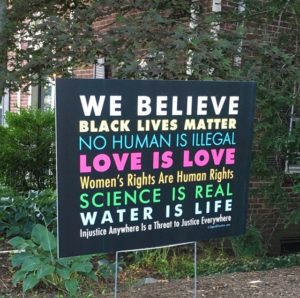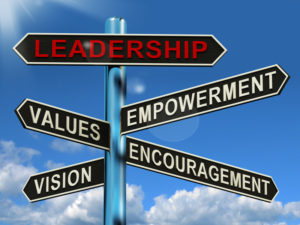One thing that hasn’t seemed to change during this pandemic is the number of health IT leaders making moves. Since we provide interim management services at StarBridge Advisors, I track these moves  closely. I’m currently helping a number of colleagues find new opportunities and having conversations about what it takes to make their job search successful.
closely. I’m currently helping a number of colleagues find new opportunities and having conversations about what it takes to make their job search successful.
I have written many posts focused on career management over the years. Much of that advice remains the same. But in this new environment there are also new challenges:
Updating your resume and telling your story – It is always wise to consider professional resume writing help or at a minimum ask a trusted colleague to review and give you feedback. Ensure your most recent work experience is updated and focuses on outcomes and results. And regardless of why you are looking, be ready to tell your story succinctly and consistently. It is your story and you need to tell it. This is even more important if you are in between jobs for whatever reason.
Competition – It appears to be a “buyer’s” market with many talented people looking for new opportunities. Whether you have decided it is just time for a change or you were let go due to a merger or layoff, you are in a very competitive market. Don’t put all your eggs in one basket. It’s best to pursue several opportunities at a time. But be ready for disappointment. Only one person gets the job in the end. Don’t get discouraged. Learn from each situation and prepare for the next. My post, “So you didn’t get the job”, has some advice you might want to check out. Now is a good time to work your network, let colleagues know what you are looking for and nurture your relationship with search firms. And if you learn about a position that’s not right for you, let others you know in search who might be better suited for it.
Preparing for virtual interviews – It’s very possible that all interview rounds will be virtual, and you will never meet people in person until you start the new position if not well after you start. Continue reading



